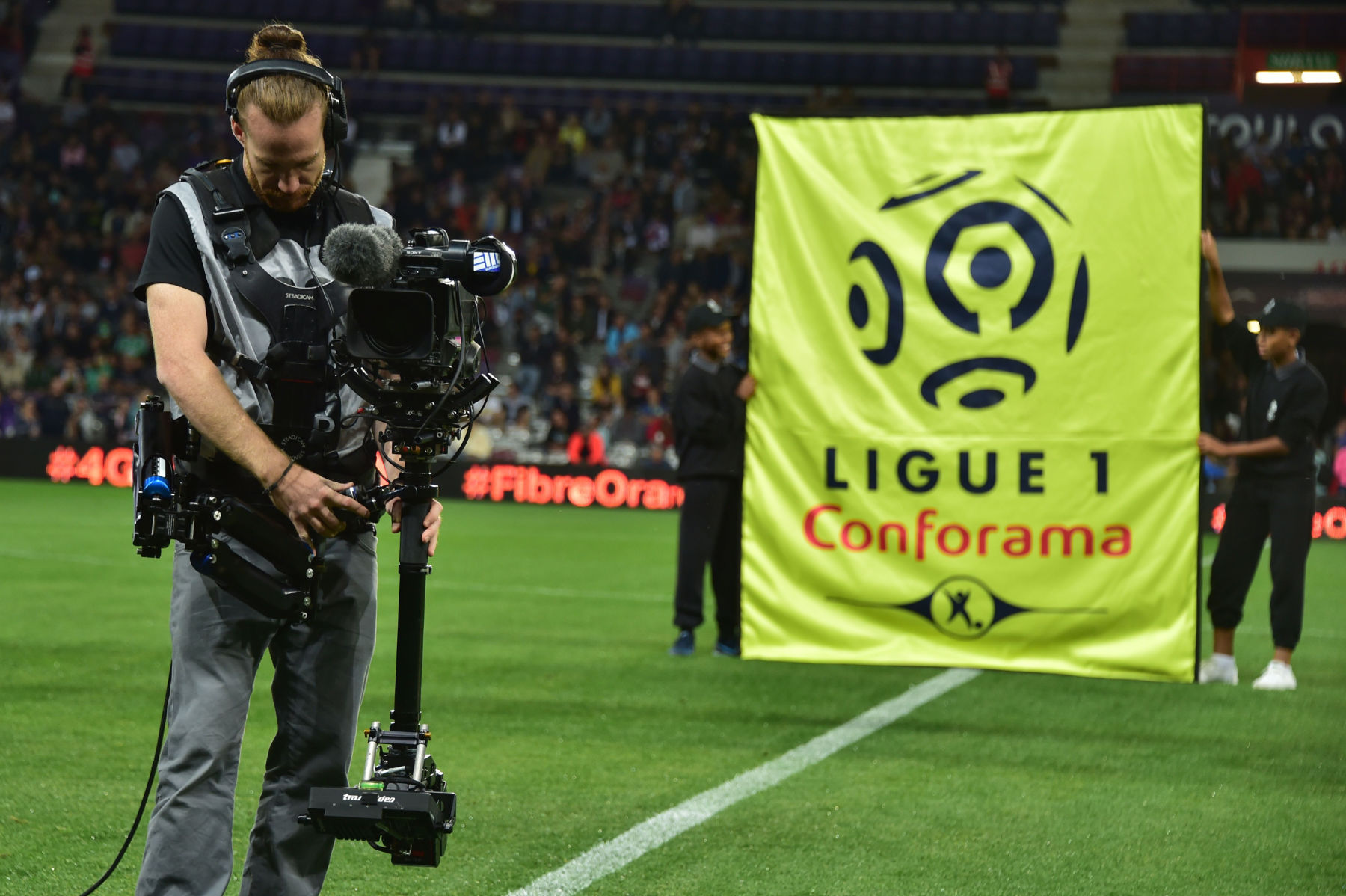
Ligue 1 and Amazon Prime: A New Era of Broadcast Innovation
The world of sports broadcasting is on the cusp of a transformative era, with Amazon Prime Video's entry into live pay-per-view soccer streaming marking a significant shift in how fans consume sports content. This move, beginning with the coverage of Ligue 1 matches, is poised to redefine viewer engagement and accessibility, offering unique insights into the impact of digital platforms on traditional sports broadcasting.
Amazon Prime's Bold Move into Sports Streaming
Amazon Prime Video’s strategic decision to launch live pay-per-view soccer in the UK, starting with Ligue 1, underscores the growing influence of digital platforms in sports media. This bold move not only challenges traditional broadcasters but also sets a precedent for future developments in the industry. By leveraging its vast resources and technological prowess, Amazon aims to enhance the viewing experience for soccer fans, providing an accessible and interactive alternative to conventional television broadcasts.
The Impact on Ligue 1
For Ligue 1, Amazon’s involvement represents an opportunity to expand its global reach and increase viewership. Traditionally overshadowed by Europe’s other top leagues, Ligue 1 stands to gain significant exposure through Amazon’s platform, potentially attracting a new audience demographic that favors digital consumption over traditional broadcasting methods. This partnership aligns with Ligue 1's efforts to enhance its brand visibility and compete more effectively on the international stage.

A New Era of Accessibility and Engagement
One of the primary advantages of Amazon Prime’s entry into sports streaming is the increased accessibility it offers. With the rise of digital platforms, viewers can now watch their favorite teams compete from virtually anywhere in the world, provided they have an internet connection. This level of accessibility is a game-changer for international fans who may not have had previous access to live Ligue 1 matches.
Furthermore, Amazon Prime Video’s platform allows for a more personalized viewing experience. Features such as multiple camera angles, on-demand replays, and interactive statistics enhance viewer engagement, enabling fans to immerse themselves in the game like never before. This approach not only caters to die-hard soccer enthusiasts but also appeals to a broader audience that values interactivity and customization in their viewing experience.
Implications for Traditional Broadcasters
Amazon’s foray into live sports streaming poses a significant challenge to traditional broadcasters, who have long dominated the sports media landscape. As consumers increasingly gravitate towards digital platforms, traditional broadcasters must adapt to remain competitive. This shift could potentially lead to a reevaluation of broadcasting rights, with digital entities like Amazon becoming key players in negotiations.
The implications extend beyond just broadcasting rights. Traditional broadcasters must also innovate to keep pace with the technological advancements offered by platforms like Amazon Prime Video. This may involve integrating digital features into their broadcasts or developing new ways to engage viewers, such as interactive content or enhanced analytics.
The Future of Sports Media
Amazon Prime Video’s entry into live sports streaming is indicative of a broader trend towards digital consumption in the media industry. As more consumers cut the cord on traditional television, the demand for digital streaming services continues to rise. This shift presents both challenges and opportunities for various stakeholders in the sports media ecosystem.
Opportunities for Fan Engagement
Digital platforms offer unparalleled opportunities for fan engagement, allowing leagues and teams to connect with their audiences on a deeper level. Through social media integration, exclusive behind-the-scenes content, and interactive fan experiences, digital platforms can foster a sense of community among fans, enhancing their loyalty and connection to the sport.
Moreover, the data analytics capabilities of digital platforms provide valuable insights into viewer preferences and behaviors. This information can be used to tailor content and marketing strategies, ensuring that fans receive the most relevant and engaging experiences possible.

Challenges for Sports Organizations
However, the shift towards digital platforms also presents challenges for sports organizations. The transition from traditional broadcasting to digital streaming requires significant investment in technology and infrastructure. Additionally, organizations must navigate complex broadcasting rights agreements and partnerships to ensure that their content reaches the widest possible audience.
There is also the potential risk of alienating traditional fans who prefer conventional broadcasting methods. Sports organizations must strike a balance between embracing digital innovation and maintaining the core elements that have long defined the viewing experience for millions of fans worldwide.
Conclusion
Amazon Prime Video’s launch of live pay-per-view soccer streaming in the UK, beginning with Ligue 1, represents a pivotal moment in the evolution of sports broadcasting. By leveraging the power of digital platforms, Amazon is set to transform how fans engage with sports content, offering unprecedented accessibility and interactivity.
As the landscape of sports media continues to evolve, traditional broadcasters and sports organizations must adapt to the changing preferences of consumers. The future of sports media lies in embracing digital innovation while preserving the essence of what makes sports special for fans around the world.
In this new era of broadcast innovation, Amazon Prime Video is not just a disruptor but a catalyst for change, signaling the dawn of a new age in how we experience the beautiful game.